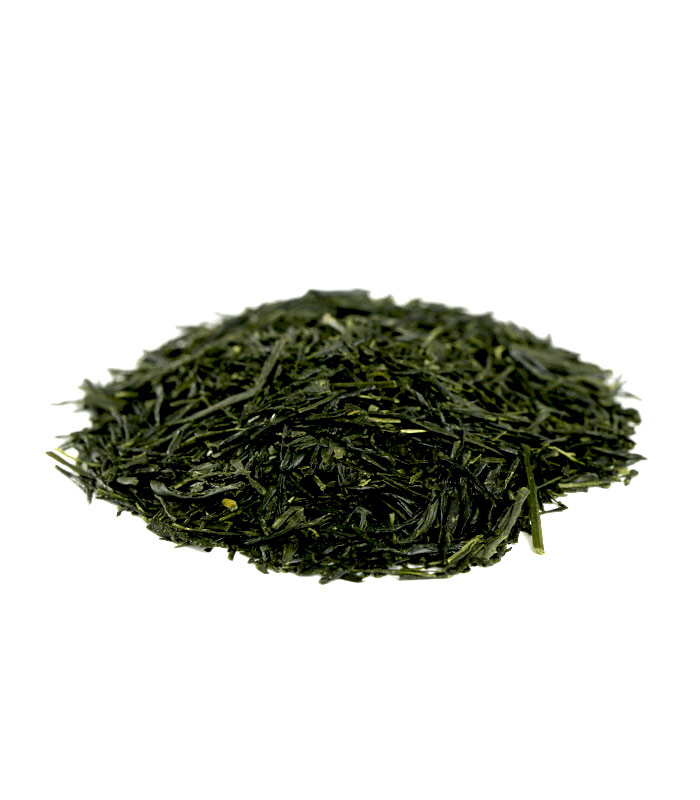Sencha is a type of green tea from Japan prized for its refreshing, grassy flavor. With so many options available, knowing how to select the best sencha green tea can be confusing. Certain factors, like origin, grade, harvest season, and processing method, all affect the flavor and quality. By understanding what makes Sencha green tea unique and considering these key purchasing criteria, you can find the perfect Sencha to suit your taste.
Origin and Growing Region
Sencha takes on different characteristics based on where it is grown in Japan. Major sencha-producing regions include Shizuoka, Kagoshima, and Kyoto/Uji, each imparting its flavors. Shizuoka sencha tends to be bold, intense, and brooding, with umami richness. Sencha from Kyoto and Uji has a refined, delicate sweetness. Kagoshima sencha is aromatic and balanced. Research the terror and climate of different Japanese tea regions to find the right origin for your tastes. For example, sencha from higher altitudes often yields sweeter, mellower flavors.
Harvest Season
The time of year the tea leaves are plucked dramatically affects the sencha’s quality and flavor. First flush teas picked in spring offer the freshest, sweetest, most nuanced taste, with notes of fresh-cut grass, steamed vegetables, and seaweed. Summer harvest sencha has a bolder umami flavor with hints of nori, while autumn sencha is more robust with a slight bitterness. For the most sublime drinking experience, seek out first-harvest spring sencha green tea. Check when and in what season the leaves were picked.
Processing Style
How the plucked leaves are processed after harvest also determines the resulting taste and aroma. Superior sencha is steamed rapidly to prevent oxidation and rolled into thin needles to enhance flavour. Lower-quality sencha may be pan-fired instead, creating duller, less crisp tea. High-grade sencha is often shaped into little spheres or curled tighter than lower grades. Some sencha may be deep-steamed for a mellower profile. Grassiness in the aroma and cup can signal optimized processing. Consider the processing method when selecting sencha.
Grading Criteria
Sencha is graded based on the size, age, and condition of the leaves. The highest grades consist of just the youngest, freshest bud and two leaves expertly processed. Lower grades may include more stems and older leaves. Top sencha grades labelled Tencha, Shincha, or Ichibancha indicate the finest early-season leaves. Terms like fukamushi and asamushi reflect different steaming times, with asamushi meaning lightly steamed for more grassiness. Knowing how Sencha is graded helps identify the premium teas.
Tasting Notes and Appearance
Evaluating the tasting notes, aroma, and appearance of the sencha can verify its quality. The dry leaves of superior sencha smell fresh and grassy. When brewed, top sencha is emerald green and vibrantly clear, with a smooth, velvety mouthfeel. The liquid should lack bitterness or astringency. On the palate, high-grade sencha delivers delicate vegetal sweetness with layers of umami, oceanic nuances, and minimal tannins. Consider reviews praising balance, complexity, and sweetness.
Certifications
Many reputable Japanese sencha producers proudly promote certifications that verify cultivation, processing, and quality control practices. Look for seals from organizations like the Japanese Ministry of Agriculture, Forestry, and Fisheries or the International Organization for Standardization. These certify that the sencha meets stringent standards and provide reassurance that you are getting a controlled, regulated product of exceptional caliber. Certifications indicate care was taken at every stage.
Small Farm-Sourced
For the finest sencha, seek out small batch teas sourced directly from family-run farms in Japan. Like wine estates, the most skilled growers have cultivated tea on their land for generations. Hands-on, meticulous care of the plants year-round and during harvest results in superior leaves. Teas marketed with the name of the head grower often represent these artisanal sencha gems. The limited quantity and processing on-site make these rare finds worth the splurge.
Fresh and sealed packaging
To experience Sencha at its freshest, evaluate packaging and processing dates. Unlike some teas, sencha’s flavour fades quickly after production. Superior sencha is packaged shortly after processing to seal in flavour. Avoid bags sold in clear packaging or tins, which expose the tea to light and air. Opt for sealed, nitrogen-flushed pouches, or buy whole leaves and store them properly. Checking best-by dates helps score the newest harvest. Prioritize freshness for optimal deliciousness.
Reasonable Pricing
While exceptional sencha commands a price premium, savvy buyers should still aim for fair value. Extremely inexpensive sencha likely signals lower quality, but paying dearly doesn’t guarantee stellar leaves. Deal directly with specialty tea retailers to find modestly priced, exquisite sencha sourced ethically from smaller farms. These vendors visit Japan frequently to sample teas firsthand, providing access to amazing sencha for under $1 per serving. Let fair prices point you toward great tea.
Conclusion
With its vegetal sweetness and refreshing quality, sencha makes a wonderful everyday green tea. Seek out Japanese-grown spring harvest sencha processed into fine needles, sourced from a small producer. Certifications, reviews, and pricing can help ascertain if the tea meets your expectations. Choosing to buy sencha green tea grown in an acclaimed region like Shizuoka or Uji also boosts enjoyment. With knowledge of sencha’s nuances and a few discerning purchasing practices, finding your perfect sencha green tea is within reach.



